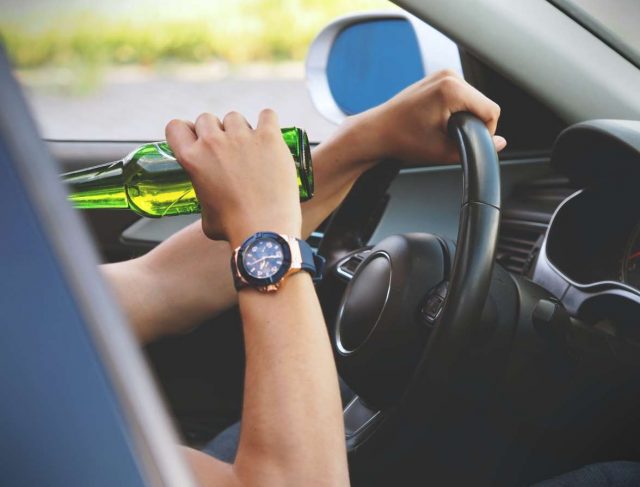You probably know that drinking and driving is a bad idea. It’s been the subject of advertising campaigns, awareness campaigns, and a host of strict laws and regulations.
But what exactly is drinking and driving? If you have a teaspoon of wine and you drive home three hours later, could you really be charged with a DUI? Or if you have a few beers, then you ride your bicycle down the block, could you be arrested?
What actually counts as drinking and driving?
A Practical Guide to Drinking and Driving
We’re going to touch on the legal definitions of “drinking and driving,” as well as the subtle distinction between DUI and DWI charges. But to start, let’s explore how you can avoid all charges and all dangers related to drinking and driving.
- Understand that “legal” and “safe” are two different ideas. If your blood alcohol content is low enough, it might be perfectly legal for you to drive – but it still may increase your risk of an accident. Likewise, you may feel perfectly sober, but the alcohol in your system could make it illegal for you to operate a vehicle. What’s “legal” and what’s “safe” aren’t always the same, but you should strive to operate vehicles both legally and safely at all times.
- Don’t drink and drive, period. Don’t try to game the system by waiting just long enough to drive home, or drinking a specific number of beverages. You shouldn’t be drinking alcohol and driving under the influence of that alcohol, full stop. If you’ve had more than one drink, or if your last drink was within the past couple of hours, don’t risk any kind of driving.
- If you’re drunk, change plans. Most of us have had the experience of drinking unexpectedly or drinking more than we intend. There’s nothing shameful about this, but if you find yourself inebriated, you need to find an alternative way home. There are plenty of options, such as calling a taxi, ordering an Uber, or asking a friend for a favor.
- If you’re caught drinking and driving, exercise caution. If you’re pulled over on suspicion of drinking and driving, don’t say anything remotely self-incriminating. Additionally, if you’re arrested, make sure you contact a criminal defense attorney right away – and listen carefully to their advice throughout the process.
Drinking and Driving: DUIs and DWIs
What exactly is a DUI? And is it different than a DWI?
DUI stands for “driving under the influence.” It means operating a vehicle while impaired, either under the influence of drugs (including legal or illegal drugs) or the influence of alcohol. DWI stands for “driving while intoxicated,” which refers to alcohol exclusively. This is a subtle distinction, but an important one.
It’s also worth noting that different states use different terms for different situations. And some states use entirely different terminology, referring to charges as “OUI” or “OWI” (“operating under the influence of intoxicating liquor” or “operating while intoxicated,” respectively).
Defining “drinking and driving” gets even more complicated because different states have different definitions for both “drinking” and “driving.”
In most states, the gold standard for establishing a person as being under the influence is your blood alcohol content (BAC). In other words, the amount of alcohol in your bloodstream. In many areas, if you have a BAC of 0.08 percent or higher, you can be charged with a DUI. In some states, the threshold is lower or higher than that figure. At 0.08 percent, you’ll feel slightly impaired; your vision and reaction time will begin to suffer and your judgment and self-control will be reduced. You may also have trouble with speech and balance.
It’s hard to estimate the number of drinks responsible for producing this effect, since alcohol tolerances vary. A man who weighs 160 pounds will reach 0.08 percent after approximately 3 “drinks,” where a drink is 1.25 ounces of 80 proof liquor, 12 ounces of beer, or 5 ounces of wine. A woman who weighs 140 pounds, by contrast, will reach 0.08 percent after approximately 2 drinks.
“Driving” is also a complex consideration. In some states, you must be operating a vehicle in motion to receive a DUI charge. In other states, merely being behind the wheel with the keys accessible may be enough to earn you a charge. Additionally, you may face a charge even if you’re operating a vehicle without a motor – such as a bicycle.
Playing It Safe
Despite the complexities of DUI laws throughout the United States, there’s a surefire way to avoid all possibility of a DUI charge: don’t drink and drive. If you’re going to drink, have a plan to get home (and a backup plan in case your main plan falls through). Regardless of legality, it’s not worth the risk.

Speaks from heart, always too passionate and driven by emotions. Spins the words with kindness & sharpness, intriguing your ever-inscrutable minds.




